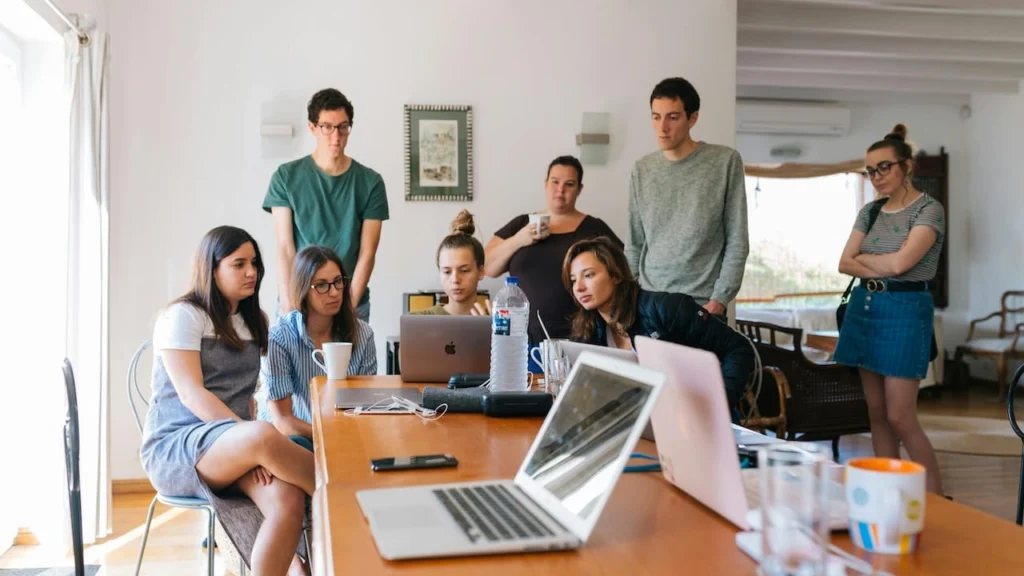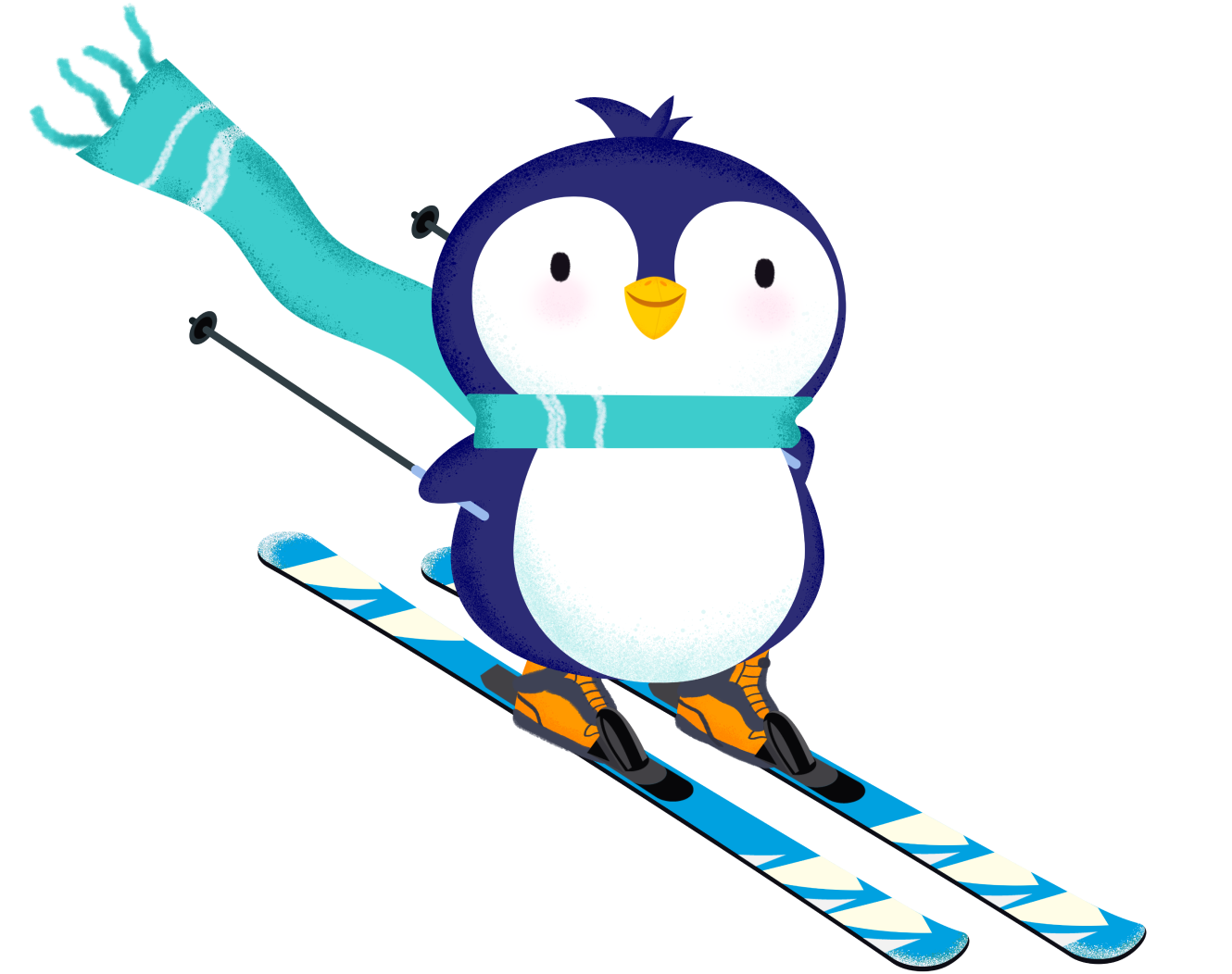The Future of Generative AI in Copywriting
Generative AI is already rewriting how copywriters, marketers, and brands create content. But the future? It’s far bigger than “faster blogs and ads.” The next decade of AI in copywriting will go beyond efficiency; it will reshape creativity itself, reframe how brands tell stories, and even redefine the role of the copywriter.
Here’s a big-picture look at five transformative ways generative AI will shape the future of copywriting.

1. Brand Voice at Scale
One of the most complex challenges for copywriters has always been nailing consistency. Every brand wants its tone and voice present across every touchpoint, from product descriptions to executive thought leadership. But human writers inevitably vary in style, and even the best style guide has limits.
Generative AI is evolving to capture not only the surface elements of brand voice (word choice, phrasing, sentence rhythm) but also the deeper identity markers, values, emotional cadence, and audience nuance. Future models will:
- Learn voice through immersive training on a brand’s historical outputs, rather than keyword prompts or structured guidelines.
- Automatically shift tone based on channel context (LinkedIn vs. email vs. TikTok ad) without breaking identity.
- Generate experimental variations, a “formal but playful” twist, a “youth-driven slang” edition, that still map back to the brand’s essence.
This means companies will have “living brand voices” encoded into AI, enabling them to scale human-like consistency worldwide without losing their unique soul. Copywriters will shepherd this evolution, training, nudging, and evolving brand AIs like curators of voice and identity.

2. Adaptive Copy for Every Reader
Most copywriting still works in broadcast mode. You create one landing page, one email, one ad, and hope it resonates with enough people. Generative AI is breaking that ceiling.
In the near future, copy will be written differently for every individual reader. Picture:
- An eCommerce product page where the copy adjusts depending on whether the visitor values sustainability, cost savings, or hyper-technical specs.
- A sales email that adapts metaphors and analogies to the reader’s industry.
- An ad where the hook line changes in real time based on the user’s browsing behavior, or even mood signal (as biometric/sentiment tracking evolves).
Copywriting will shift from “crafting the best one-size-fits-all version” to “designing adaptive frameworks.” Copywriters will build choice architectures, outlines, narrative arcs, and story logic that AI then personalizes endlessly at the surface level.
The future brand experience won’t be broadcasting. It’ll be whispering the right story into each reader’s ear.

3. Emotional Intelligence as a Copywriting Core
We underestimate how quickly AI is learning to recognize emotional resonance. Models are already learning not just “what words mean” but “how they feel.” Next-gen copywriting AIs will read and respond to emotional contexts.
Imagine:
- Customer service emails that understand when a buyer is frustrated, soothing them with empathetic language without sounding robotic.
- Fundraising campaigns tuned to spark passion, nostalgia, or hope, depending on what resonates with different segments.
- Ads that don’t optimize conversion rates but optimize emotional journeys, recognizing when an audience needs to be inspired versus informed.
Future copywriting won’t just be tactical persuasion; it will become emotional design. Copywriters will evolve into “emotion architects,” helping AI find that balance where authenticity and resonance align.

4. AI Copywriting as a Creative Collaborator
Right now, most marketers treat generative AI like an assistant: “give me 10 headlines” or “write a draft blog.” The future bends toward collaboration, not delegation.
Next-gen generative AI will:
- Brainstorm laterally: If a human writer proposes a campaign theme, AI can instantly explore 20 parallel metaphors, stories, or cultural references.
- Challenge comfort zones: Instead of repeating “what works,” AI will intentionally deliver surprising, even uncomfortable variations, becoming a creative sparring partner that makes writers braver.
- Integrate multimedia expression: Future AI won’t stop at words. Imagine proposing an idea, and the AI not only writes the tagline but also drafts an AR experience, generates supporting audio snippets, and storyboard a video, all harmonized into one cohesive creative proposition.
Copywriting jobs will shift toward directorial creativity: curating, combining, and pushing an AI team of writers, musicians, visual directors, and technologists. The copywriter won’t disappear. They’ll evolve into orchestrators of multi-sensory brand storytelling.

5. Copy Integrated into Immersive Environments
The edge of copywriting’s future lies outside text itself. As AR, VR, voice, and spatial computing mature, “copywriting” will extend into three-dimensional, immersive environments. Generative AI is the only feasible way to create personalized, adaptive content in those contexts.
- In AR shopping, product descriptions can appear dynamically based on what a customer touches, crafted in real-time by AI, leveraging both product attributes and personal shopper context.
- In VR experiences, dialogue and narration could adapt based on user choices, like interactive brand stories guiding the user down different emotional pathways.
- For voice-first experiences (smart speakers, AI embedded assistants), generative copy won’t just read text aloud but perform it, adjusting tone, pacing, and accent for maximum resonance.
In this future, copywriters will move from writing flat scripts to writing storyworlds. AI will make it possible to script nonlinear, branching, adaptive narratives that respond fluidly to interaction, bringing “copywriting” to life like never before.
The Copywriter of the Future
If AI can do all this… what’s left for humans? A lot. But it is changing.
Future copywriters will:
- Act as voice stewards, curating nuanced brand identities for AI toward consistency.
- Design adaptive frameworks for storytelling, not just fixed text.
- Architects’ emotional journeys are rooted in cultural context and human psychology.
- Direct AI collaborators that spark idea collisions and multi-sensory campaigns.
- Script immersive, nonlinear, interactive brand ecosystems across AR/VR/voice.
Instead of being craftspeople of every line of copy, they’ll become architects of narrative possibility, pushing boundaries that only humans can frame but that AI can endlessly scale.
What’s Next: Big Picture
Generative AI won’t simply “do copywriting faster.” It will redefine what copywriting means. Today, we see copy as words on a page or a screen. Tomorrow, the copy will be:
- A responsive system personalized to every reader
- A creative partner challenging humans to go further
- A living brand avatar expressing identity at a limitless scale
- An emotional architect driving resonance in customer journeys
- A multi-sensory narrative scripted across 3D and immersive worlds
The next era of generative AI is about convergence, where copywriting merges with psychology, storytelling, technology, and cultural shaping. Humans will remain at the center, but less as typists and more as visionaries guiding a massive ecosystem of creativity.
The question isn’t whether AI will replace copywriters.
It’s how far will copywriters go now that AI expands the canvas?
And the answer, if we embrace it, is as far as imagination can stretch.


